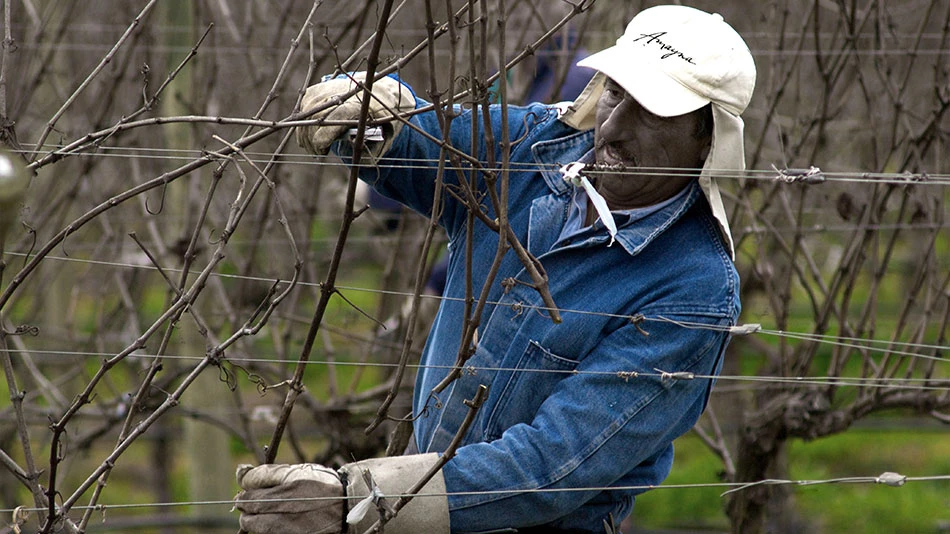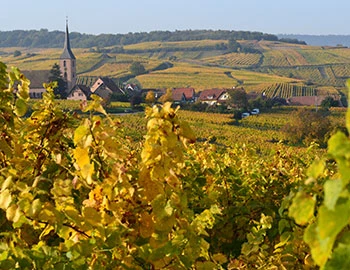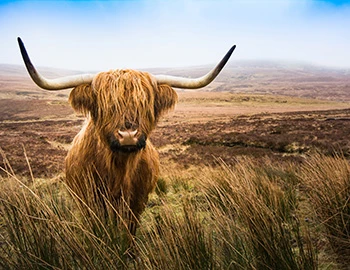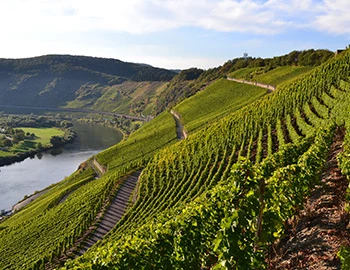Aconcagua
Aconcagua Valley: an alpine, Bordeaux feeling
The valley gets its name from the highest mountain in the western hemisphere, the 6,962-metre-high Aconcagua. The shimmering white peak, which is actually on Argentinian soil, can be easily seen from the vineyards. In a moderate Mediterranean climate with cool breezes, Bordeaux varieties in particular yield fully concentrated yet always well-structured crus. The vineyards, variously aligned along the valley flanks, bring subtle terroir differences into the glass.
White wines from Aconcagua
An overwhelming share of Chile’s top red wines are produced south of the capital city, Santiago. The wine-growing areas north of the metropolis are considered ideal for white wines, or at most Pinot Noir. The Aconcagua Valley is thus the exception that proves the rule. Red wine was already cultivated here on a large scale by around 1870. Afterwards, viticulture was forgotten, only to again experience a renaissance in the last 30 years. Currently, approximately 1,000 hectares are planted with vines. Cabernet Sauvignon (about 310 hectares), Syrah (160 hectares) and Carménère (70 hectares) set the tone.
Between the Pacific and the Andes
The valley named after the Aconcagua peak (English: “sentinel of stone”) runs from the Andes in the east to the Pacific coast in the west, where the Aconcagua River flows into the sea at Concón, a few kilometres north of Valparaiso. By day, cool air flows from the Andean mountaintops, running through the valley. In the evenings the wind changes, with cool pacific air permeating the valley. Not all vineyards are equally exposed to the cool air masses. Higher locations in particular can be significantly warmer. Depending on the microclimate, Cabernet Sauvignon can be harvested up to two weeks earlier or later.
Little rain, lots of glacier water
These cool air flows in a generally Mediterranean climate contribute to the fact that Bordeaux varieties in particular yield full-flavored, fully matured crus, which nonetheless do not lack in structure and elegance. The precipitation of only 220 millimetres per square metre per year is insufficient for viticulture, but ample meltwater from Andes glaciers is available to irrigate the vineyards. The sparser, water-permeable soils were formed by erosion. While loam and sand tend to dominate in the valley’s eastern part, loam and granite are encountered in the valley’s west. Above all, the red assemblages produced here according to the Bordeaux recipe have great aging potential.







